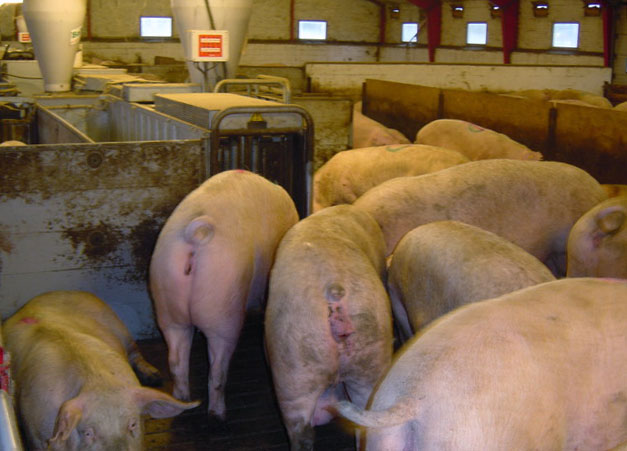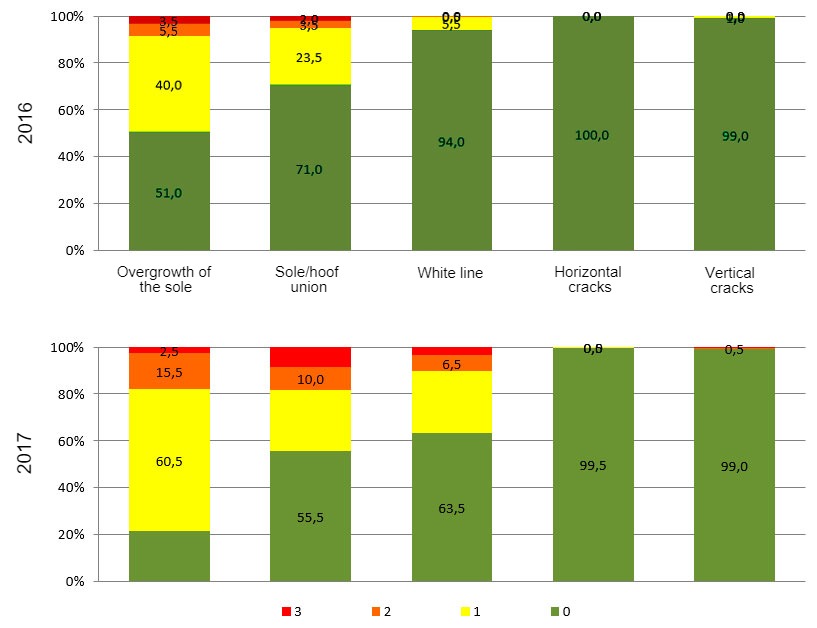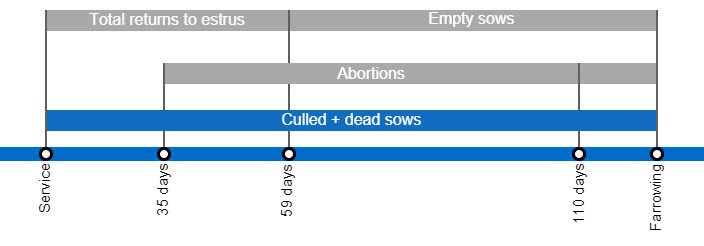Culled pregnant sows are those sent to the slaughterhouse for various problems after having been serviced. The percent of sows culled among sows serviced should always be less than 2%.
There can be multiple causes, but the most frequent problems are reproductive, locomotive, and others. It is common for pregnant sows to be culled as a result of poor planning of services (and/or management of replacement females), that is, when sows are serviced in conditions in which they should not be serviced: lameness, having more than two returns to estrus, poor body condition, after having had a late abortion, etc. These sows are much more likely to lose their gestation, which will later force them to be culled.

Finding out what could be the cause for culling pregnant sows is not always easy, and it depends on the quality of the notes taken for the culling reasons.
Are there problems with returns to estrus or abortions?
- It is common that in periods of seasonal infertility there is also a higher percentage of sows culled as a result of these problems.
- All the causes for returns to estrus can lead to a higher percentage of culled pregnant sows. Especially those causes that occur with vaginal discharges, since frequently they are not associated with lost gestations, but they cause the removal of the sow.
- Acclimation problems in gilts can generate a greater number of abortion problems, lameness, pneumonia, etc. that result in the elimination of the sow.
- All abortion problems can increase the percentage of culled sows, as not all abortions are always detected when sows are loose housed in large groups.

Are there lameness problems?
- Lameness is one of the main causes for elimination of sows in gestation.
- When lameness appears in gilts, the problem can be the result of stress situations that lead to arthritis due to Mycoplasma hyosynoviae.
- Lameness can also be caused by hoof problems, caused by low-quality mineral intake (lack of chelated minerals). The graphs show the differences in the presence and severity of the lesions between two years when the mineral supply was provided by different types of chelates (in 2016 the quality of the hooves was better).

Hoof problems
- Slats with low abrasion
- Wet or irregular flooring
Are there problems with dead sows?
All causes leading to sow death can also be the cause of euthanasia during gestation.
- Gastric ulcers
- Cadiovascular problems (chronic lesions from polyserositis)
- Etc.
Use the flow chart to continue your troubleshooting or to access other parts of the tool.

Types of gestation losses that can lower the farrowing rate, detailing the different types of returns to estrus based on when they occur.




